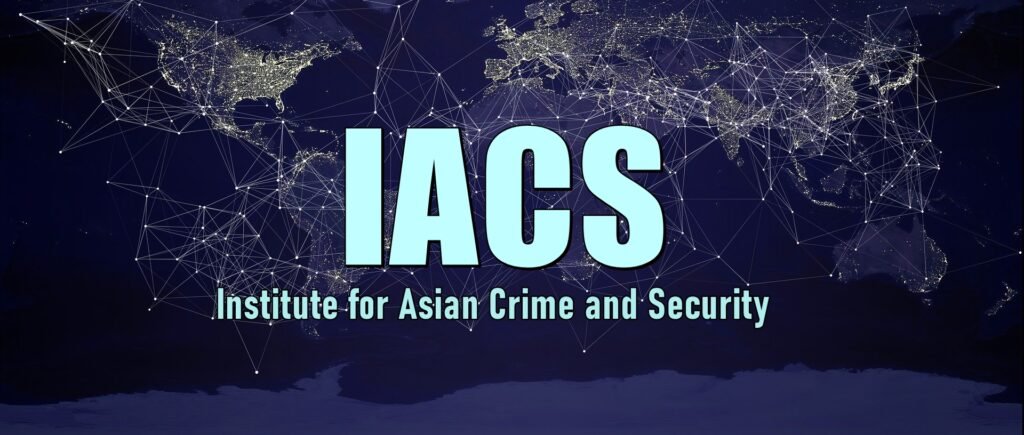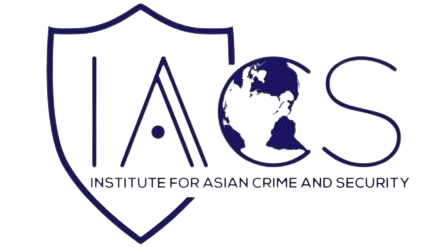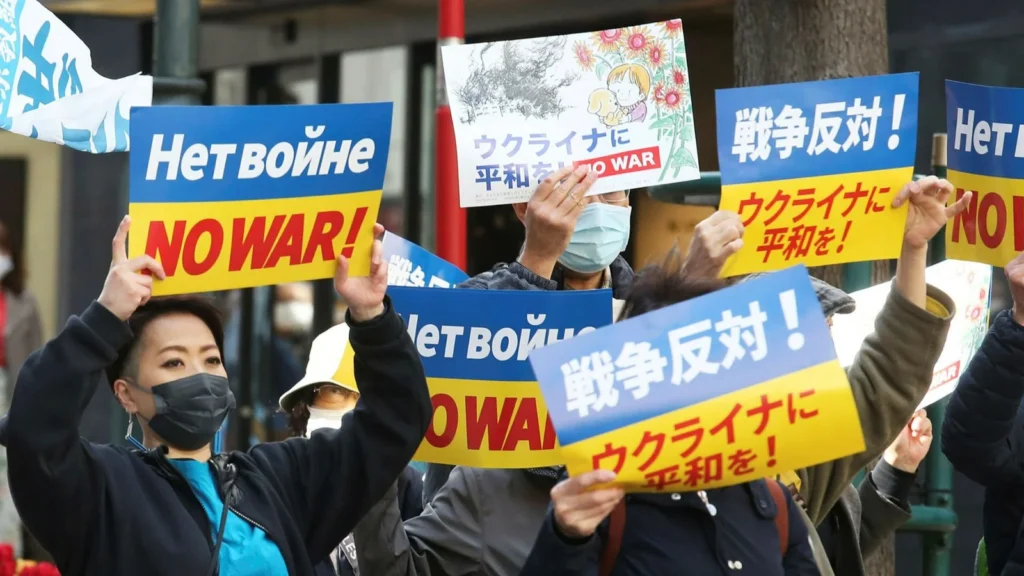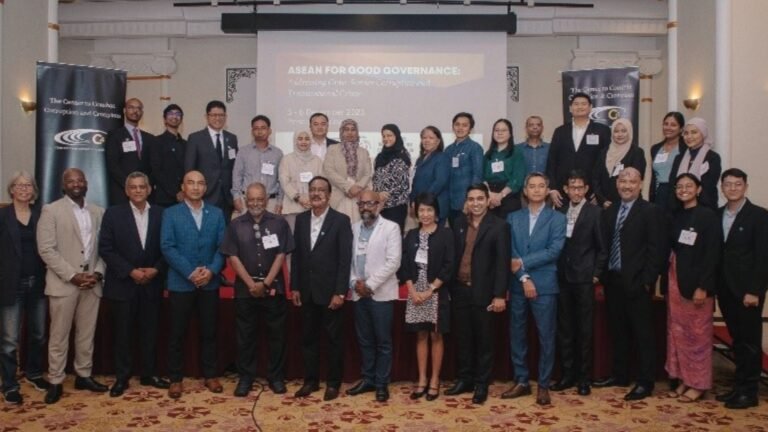Despite Japan’s notoriously low refugee acceptance rate, a new wind is blowing through its asylum policies, as the administration under Prime Minister Fumio Kishida has taken unprecedented measures to receive Ukrainian refugees as part of its assertive response against Russia.
First opening up to accepting Ukrainians with relatives or acquaintances in Japan, it soon started receiving any Ukrainian fleeing the war. In a genuine gesture to highlight these groundbreaking measures, a group of 20 Ukrainians were even flown directly to Japan by a government jet (Takahara & Fee, 2022).
By April 16, 2022, Japan had accepted 649 Ukrainians (Mainichi Shimbun, 2022), which is more than twice the number of recognized refugees in Japan during the past decade. But although the provision of temporary stay visas was a relatively drastic measure for Japan, the question that arises is whether it will change Japan’s strict refugee policies in the long run.
One factor that indicates that Japan will not be making major amendments is that, while these recent actions have provided refuge from the war, these Ukrainians have not been recognized as refugees (nanmin), but rather as “evacuees” (hinanmin). Japan’s refugee recognition system adheres to a strict interpretation of the 1951 Refugee Convention, which even Ukrainians risk being excluded from. Thus, the term “evacuees” is used in order to circumvent this shortcoming and provide this complement of Ukrainians with residence permits and access to Japan’s social welfare system (Takahara, 2022).
Although only one Chinese character distinguishes the writing of the two words, the term nanmin is the one used by the Japanese branch of the UN High Commissioner for Refugees (UNHCR) and comes with the protection of particular rights that are secured by international law and which ensure the same rights exists, when compared with the host country’s national citizens. By not broadening the definition of refugees, the Ukrainian case could indicate only a temporary deviation from Japan’s traditional refugee policies.
The acceptance of Ukrainian evacuees on Japanese territory is similar to the most inspirational event in Japan’s refugee policies, i.e., the influx of Indochinese refugees after the end of the Vietnam War in 1975. It laid the groundwork for Japan’s current asylum system, as it made Japan review its refugee policies and led to the ratification of the 1951 Refugee Convention in 1979 and its complementing Protocol the following year (MOFA, n.d.).
Political science professor Michael Strausz (2012) makes the case that the generous reception of roughly 11,000 Indochinese refugees between 1975-2005 was only made possible by the belief that it would not change Japanese refugee policies in the long run. As Strausz points out, the widely held belief among the political elite in the importance of the maintenance of “ethnic homogeneity” for Japan’s identity and prosperity would have prevented such measures otherwise.
Although Japan ratified the 1951 Refugee Convention and the Protocol because of the Indochinese refugees, it has not prevented Japan from deviating from these principles, as Japan is usually considered falling short of its commitments to them. Rather, the openness to Indochinese refugees was, to a large extent, made possible by ad hoc temporary quotas (Strausz, 2012, pp. 247-252). The reception of Ukrainian refugees is strikingly similar to the Indochinese refugee reception since it is also considered a short-term, exceptional response to an international crisis.
Yet, the reception of Ukrainian refugees comes the year after a suggested bill that included the protection of “quasi-refugees” to make up for the incomprehensive definition of refugees which does not recognize people fleeing interstate wars. The bill was scrapped for also including provisions that could violate the principle of non-refoulment, amidst controversy over a scandal of Japan’s immigration centers that led to the death of a Sri Lankan woman, despite also including this more progressive amendment (Jiji Press, 2022). But the case of the Ukrainian refugees, who do not fall into the traditional definition of refugees, will most likely further underline the importance of such amendments of Japan’s Immigration Control and Refugee Recognition Act.
There is ongoing talk of resubmitting the scrapped bill this year. As Japanese Chief Cabinet Minister Hirokazu Matsuno has stated after the beginning of the Ukraine war: “We will make efforts to ensure that people who truly need protection are appropriately protected” (Jiji Press, 2022).
The new bill could widen the span of asylum seekers being granted protection, as it would guarantee the same rights as people recognized as refugees. This would bring it more in line with several European countries, who have extended such rights specifically due to the 1951 Refugee Convention and its Protocol’s outdated definition of refugees (Jiji Press, 2022).
To clarify in more detail, the 1951 Refugee Convention was established during the Cold War and its definition of refugees thus reflects the circumstances of that time. Nevertheless, the conference that adopted the Convention expressed in its Final Act “the hope that the Convent必利勁
ion relating to the Status of Refugees will have value as an example exceeding its contractual scope and that all nations will be guided by it in granting so far as possible to persons in their territory as refugees and who would not be covered by the terms of the Convention, the treatment for which it provides” (UN General Assembly, 1951).
As international law scholar William Thomas Worster has noted, this statement expresses opinion juris, the legal obligation by states guided by their legal customs (Worster, 2012). In this spirit, both the UNHCR and many Western countries have gradually expanded their definitions of refugees by building up legal precedents (Japan Association for Refugees, 2017). Japan on the other hand, has remained relatively isolated from the world’s major refugee flows and the development of its refugee policies has arguably been impeded by its focus on “ethnic homogeneity.”
Although technically not an expansion of Japan’s definition of refugees, the suggested bill’s provision for “quasi-refugees” could lay the ground for such legal precedents to come by reshaping its asylum-related legal customs. This would depend, however, on how the Japanese government will define and implement it. Besides commenting that it is risking refoulement, this “raises very serious concerns” according to the UNHCR (UNHCR, 2021, p. 6). The UNHCR reiterated this position last year while commenting within a report on the suggested bill in an effort to have Japan better clarify its refugee definition and its criteria for providing “complementary protection” (ibid., p. 29). The latter refers to what was previously called “special permission for residency on humanitarian grounds” that provides asylum seekers who do not meet the refugee criteria with special residence permits. The bill could potentially “upgrade” those rights to ensure rights equal to those of refugees, but the nontransparent asylum system and its unclear definitions risk curtailing any legal precedents from developing.
The UNHCR has recommended the terminology revision to “complimentary protection” as a positive development, as it makes the grant of status “obligatory rather than discretionary based on purely compassionate grounds” (ibid., p. 32). Nevertheless, the UNHCR specifically remarked on its detachment from the language of international law, especially pointing out that it might not guarantee non-refoulement (ibid., p. 33).
On the question at a press briefing on what the “quasi-refugee system” might look like, Japanese Minister of Justice Yoshihisa Furukawa avoided stating the specifics of the bill since it is still “in progress” (Tokyo Shimbun, 2022).
In conclusion, the inner workings of Japan’s refugee recognition system remain obscure to a large extent, but what is clear is that the reception of Ukrainian refugees is apparently having a positive impact. The legal implications might not meet international standards as yet, but its potential evolution has been set in motion.
References
Japan Association for Refugees. 2017. Nihon no Nanmin Nintei wa Naze Sukunai ka? – Seid犀利士
omen no Kadai kara [Why is Japan’s Recognition of Refugees so Low? – As seen from its Institutional Aspects] https://www.refugee.or.jp/jar/report/2017/06/09-0001.shtml.
Jiji Press. 2022. “Japan plans to establish ‘quasi-refugee’ system as war in Ukraine adds urgency.” The Japan Times, April 7. https://www.japantimes.co.jp/news/2022/04/07/national/quasi-refugee-law/.
Mainichi Shimbun. 2022. “Refugee-shy Japan accepts Ukrainian evacuees, but lacks support system for long-term stays.” Mainichi Shimbun, April 22. https://mainichi.jp/english/articles/20220422/p2a/00m/0na/032000c.
Ministry of Foreign Affairs. N.d. “Refugees.” Ministry of Foreign Affairs. https://www.mofa.go.jp/policy/refugee/japan.html.
Strausz, Michael. 2012. “International Pressure and Domestic Precedent: Japan’s Resettlement of Indochinese Refugees.” Asian Journal of Political Science, 20, no. 3: 244-266.
Takahara, Kanako. 2022. “Are Ukrainians who flee ‘refugees’ or ‘evacuees’? For Japan, it’s complicated.” The Japan Times, March 10. https://www.japantimes.co.jp/news/2022/03/10/national/ukrainian-refugees-evacuees-japan/.
Takahara, Kanako & Fee, Will. 2022. “20 Ukrainian evacuees arrive in Tokyo on government plane.” The Japan Times, April 5. https://www.japantimes.co.jp/news/2022/04/05/national/japan-ukraine-evacuees-arrive/.
Tokyo Shimbun. 2022. Jun-nanmin no Nintei Kijun ”Shousaina Setsumei Muzukashii” Meigen Sakeru [The Recognition Criteria for Quasi-refugees: ”Hard to Explain in Detail” – Avoids Clarification]. Tokyo Shimbun, April 26. https://www.tokyo-np.co.jp/article/174080.
準難民の認定基準「詳細な説明難しい」明言避ける 古川法相
UN General Assembly. 1951. “Final Act of the United Nations Conference of Plenipotentiaries on the Status of Refugees and Stateless Persons.” Executive Committee, 25 July, Conclusion 88. https://www.unhcr.org/protection/travaux/40a8a7394/final-act-united-nations-conference-plenipotentiaries-status-refugees-stateless.html.
United Nations High Commissioner for Refugees. 2021. “UNHCR comments on the Bill for partial amendments to the Immigration Control and Refugee Recognition Act submitted to the 204th Diet session of year 2021 Based on the Recommendations of the Sub-Committee on Detention and Deportation (SCDD), 7th Immigration Control Policy Discussion Panel.” United Nations High Commissioner for Refugees, April 9. https://www.unhcr.org/jp/wp-content/uploads/sites/34/2021/04/20210409-UNHCR-Full-Comments-on-ICRRA-Bill-English.pdf.
Worster, William Thomas. 2012. “The Evolving Definition of the Refugee in Contemporary International Law,” Berkeley Journal of International Law, 30, no. 1: 94-160.
Featured Image Credit: Koji Sasahara/AP
About the Author: Jakob Ranglin Grissler is a research associate at IACS. He has a master’s degree in Asian studies from Stockholm University.








